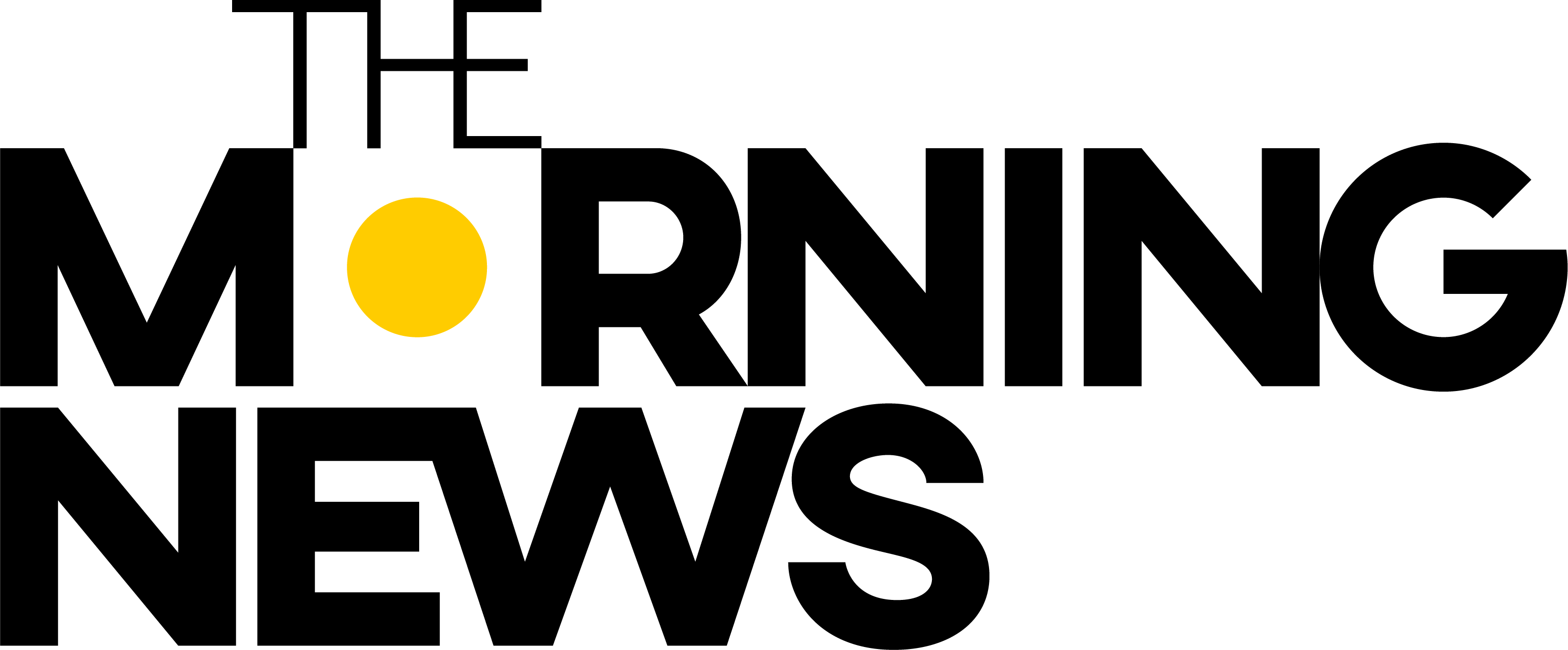COVID-19 pandemic has taken devastating lives but has also devastated the country’s economy. The SARS-CoV-2 virus has spread around the world, raising concerns from supply-side to manufacturing-to-service-to-business decline. The pandemic led to the most significant global recession in history, with more than a third of the world’s population locked down.
COVID-19 has also hit the global economy and financial markets hard. Significant declines in income, rising unemployment, and disruptions in the transportation, services, and manufacturing industries result from disease eradication measures have implemented in many countries.
COVID-19 recession is an economic recession that will spread throughout the economy in 2020 due to COVID-19 pandemics. Global stock markets suffered their worst crash since 1987, and G20 economies fell 3.4 percent year-on-year in the first three months of 2020. Between April and June 2020, the International Labor Organization estimated that the equivalent of 400 million full-time jobs worldwide lost. In the first nine months of 2020, global workers’ incomes fell by 10 percent, equivalent to a loss of over US$3.5 trillion.
It has become clear that most governments worldwide have not underestimated the risks of rapid COVID-19 outbreaks and have mainly responded to their crisis. On March 11, 2020, the World Health Organization (WHO) introduced COVID-19 as a pandemic, which identified more than 3 million cases and 207,973 deaths in 213 countries and territories.
The number of cases increased globally, mainly through the United States, Italy, Spain, Germany, France, Iran, and South Korea, and global financial and oil markets declined significantly. Since the beginning of the year, key US and European stock market indices (S&P 500, FTSE 100, CAC 40, and DAX) have lost a quarter of their value as of April 24.
Prices fell by more than 65 percent in 2020. Daily data on stock market fluctuations and price movements are good indicators of business confidence in consumers and the economy. There were significant negative correlations between the daily number of COVID-19 and the various stock indexes. The correlation is between −0.34 to −0.80.
The employment ratio in the population is a measure of economic activity, representing 16 years of age or older, working or full-time. The measure is closely linked to other possible economic activity measures such as unemployment rate, unemployment insurance claims, population percentage, consumer spending, and employment in small businesses. The declining population-to-employment ratio, which exceeds forecasts, indicates that pandemics have led to additional job losses.
The impact of COVID-19 on US GDP is four times higher than that of China.
In other highlights of the study, the researchers predicted:
- Fifty-four million to 367 million working days will lose due to illness or death from COVID.
- Employees will lose 2 million to 15 million working days due to staying at home to care for sick loved ones.
- Job losses ranged from 14.7 percent to 23.8 percent, and in the worst-case scenario, there were an estimated 36.5 million workers.
- Deficits in the demand for certain services – such as public transit and school attendance, restaurant meals, and travel use – because people avoid public places and services to reduce the risk of exposure.
- The demand for communication services has increased, as many employees have had to work from home during the pandemic. ‘‘Economic impact of COVID-19 in the world’’.





